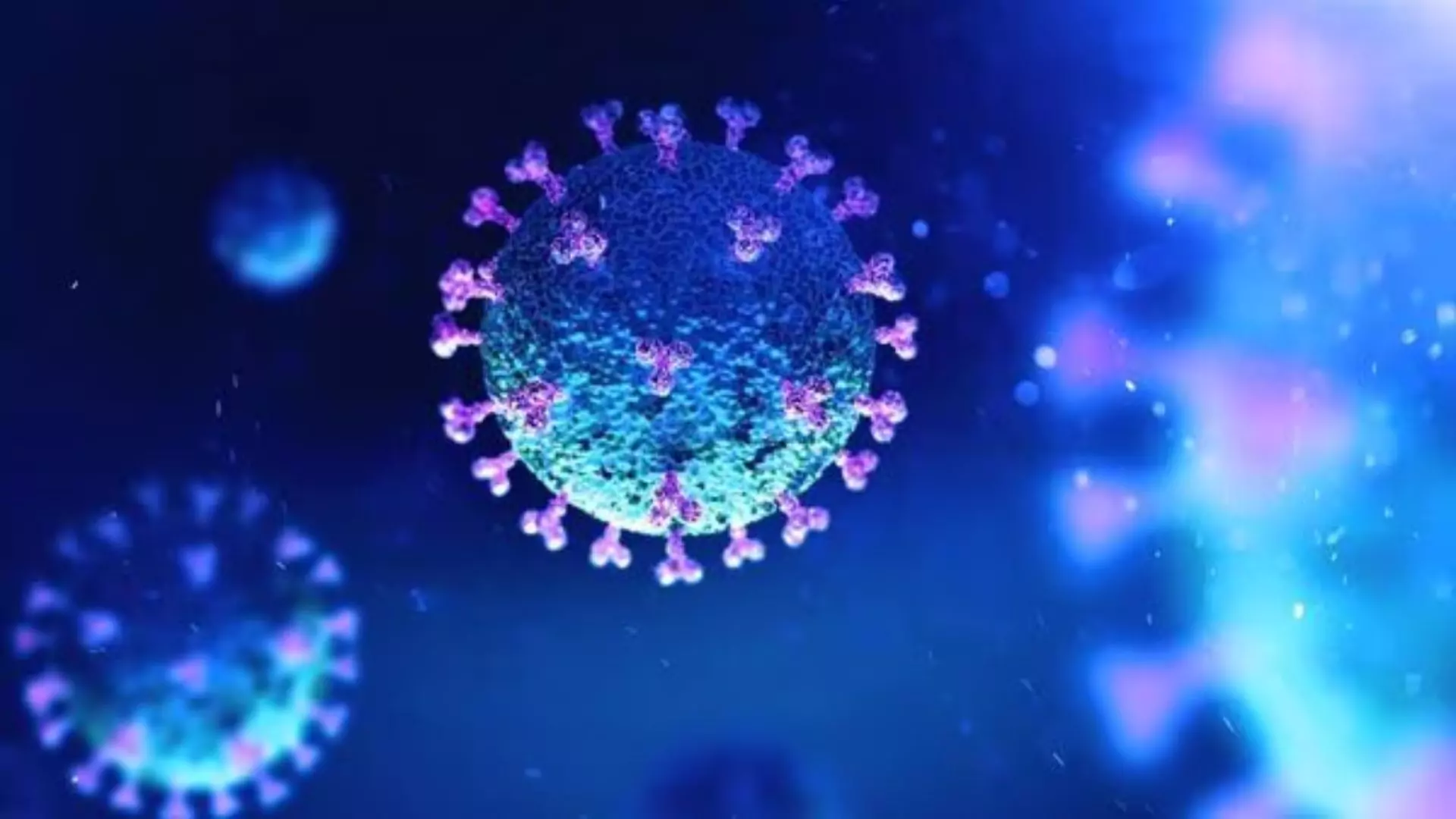China is currently experiencing a rise in respiratory infections, leading to overcrowded hospitals and strain on the healthcare system. Reports suggest that the surge may be linked to the Human Metapneumovirus (HMPV). While social media highlights a crisis-like situation, neither Chinese authorities nor the World Health Organization (WHO) have declared an official emergency. The surge coincides with the winter season, a time known for an increase in respiratory illnesses.
Understanding Human Metapneumovirus (HMPV)
HMPV, first discovered in 2001, belongs to the Pneumoviridae family, which also includes respiratory syncytial virus (RSV). According to the US Centers for Disease Control and Prevention (CDC), the virus primarily causes upper and lower respiratory infections, often presenting symptoms similar to a common cold or flu.
Who Is Most at Risk?
As per the Cleveland Clinic, certain groups are at higher risk of severe illness from HMPV:
- Children under 5 years old, especially infants
- Older adults over 65 years of age
- Individuals with weakened immune systems or chronic respiratory conditions like asthma or chronic obstructive pulmonary disease (COPD)
Common Symptoms of HMPV
HMPV symptoms, as noted by the CDC, include:
- Cough and a runny or stuffy nose
- Fever and sore throat
- Wheezing or shortness of breath in severe cases
In some individuals, the infection can escalate to bronchitis, pneumonia, or asthma flare-ups.
How HMPV Spreads
The virus is transmitted through:
- Droplets from coughing or sneezing
- Close contact, such as handshakes
- Contaminated surfaces, followed by touching the mouth, nose, or eyes
The CDC notes that HMPV follows a seasonal pattern, circulating during late winter and spring in temperate regions.
Prevention Tips for HMPV
To minimize the risk of infection, the CDC recommends these strategies:
- Wash hands regularly with soap and water for at least 20 seconds
- Avoid touching your face with unwashed hands
- Wear masks in crowded places during outbreaks
- Stay home when sick to prevent spreading the virus
- Disinfect frequently touched surfaces regularly
Diagnosis and Testing for HMPV
HMPV is typically diagnosed through:
- Nucleic acid amplification tests (NAATs) to detect viral genetic material
- Immunofluorescence or enzyme immunoassays to identify viral antigens
Routine testing is not common unless symptoms are severe or an outbreak is suspected.
Treatment Options for HMPV
Currently, there is no specific antiviral treatment or vaccine for HMPV. The Cleveland Clinic advises focusing on symptom management:
- Stay hydrated and get plenty of rest
- Use over-the-counter medications to relieve pain, congestion, and fever
- Severe cases may require hospitalization for oxygen therapy or intravenous fluids
Current Perspective on HMPV
Although HMPV is contributing to the rise in respiratory infections, it is neither a new virus nor an imminent pandemic threat. Seasonal surges are expected, especially as populations re-expose themselves to common pathogens following Covid-19 lockdowns.
When to Seek Medical Help
According to the Cleveland Clinic, it’s crucial to consult a healthcare provider if symptoms:
- Worsen after a few days
- Include difficulty breathing or cyanosis (bluish skin)
- Are severe and occur alongside chronic health conditions like asthma or COPD
For most individuals, HMPV infections resolve within a week. However, vulnerable groups, including young children, older adults, and those with underlying health conditions, should stay vigilant. By following preventive measures and staying informed, the risk of severe illness can be significantly reduced.





















